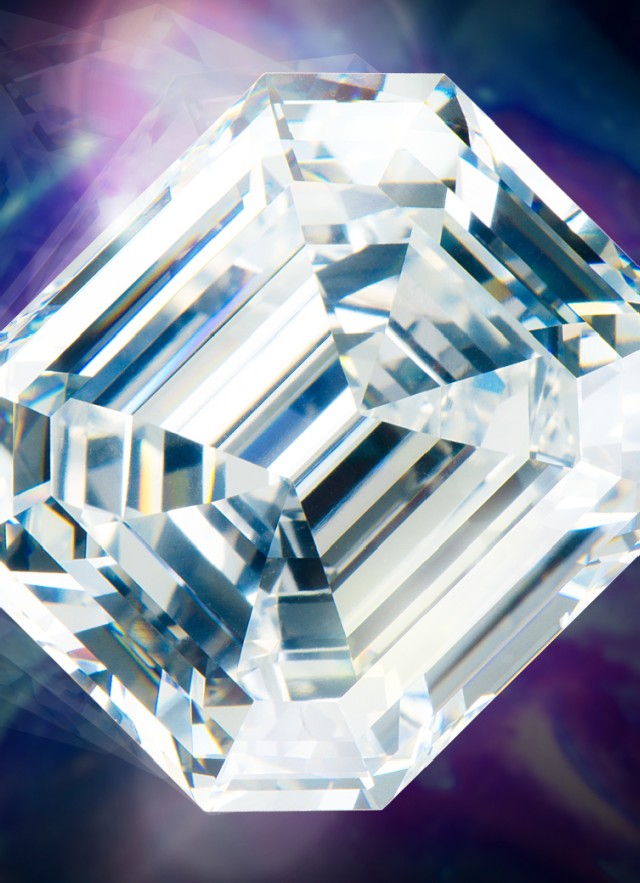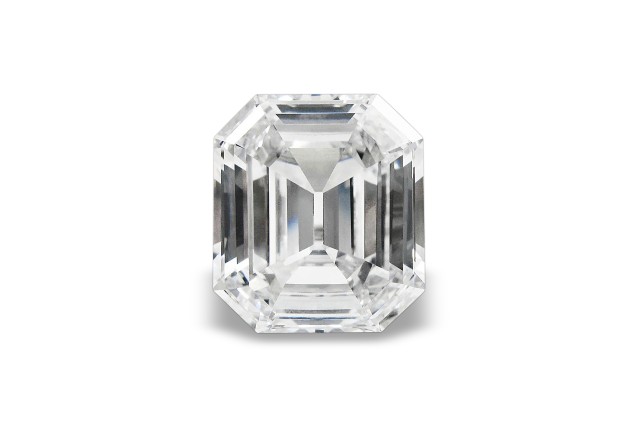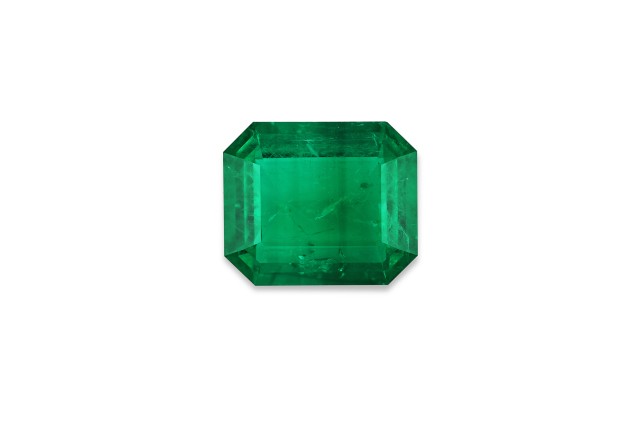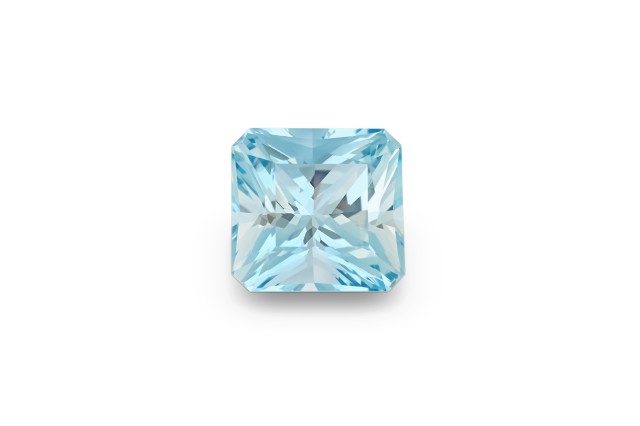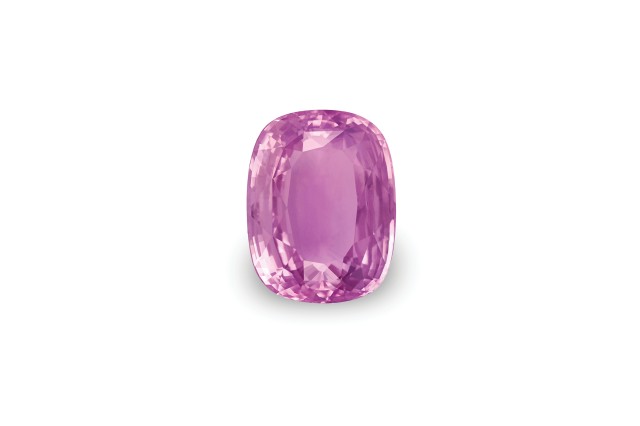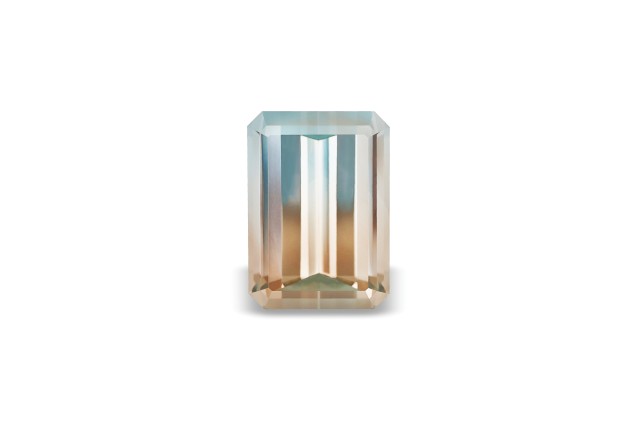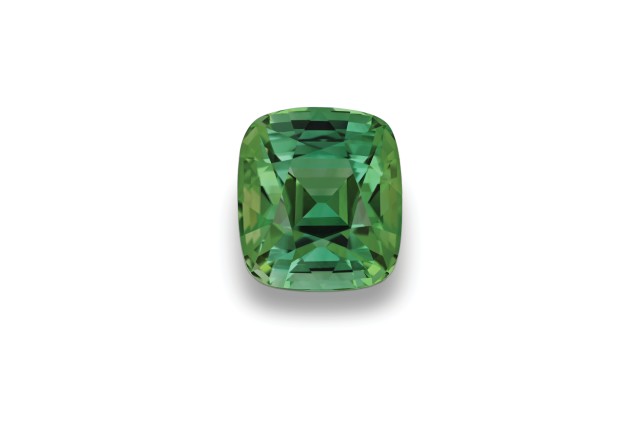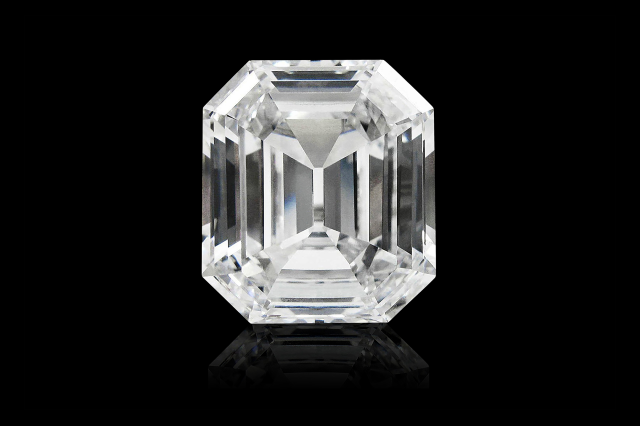General Info
Free with Museum Admission
Step into a dazzling array of magnificent gemstones in NHM’s Hixon Gem Vault and experience 100 Carats: Icons of the Gem World, an extraordinary display of incredible gems from around the world.
100 Carats brings together over two dozen gems–a never-before-seen in public collection–each a stunning and massive representation of its kind. Among them are beryl gems saturated in deep blue aquamarine, a near-flawless emerald, a spectacular royal blue sapphire, and a rainbow-filled clear goshenite. Colorful tourmalines include a deep red rubellite, a vibrant turquoise-colored paraiba, and an exquisitely-cut 111 carat green tourmaline.
The centerpiece of the exhibit, the Jonker I Diamond, is the largest stone cut from the Jonker Diamond–the fourth largest diamond in the world when it was found in 1934–and weighs in at 125 carats, placing it among the largest cut diamonds in the world. This historic gem has passed through the hands of global royalty and Hollywood stars, but has not been on public view for decades.
Aside from their beauty and brilliance, these exceedingly rare 100-carat (or larger) gems also tell the scientific story of the history of our planet. They provide an unparalleled glimpse into geological processes and circumstances that happened millions of years ago to form them in the first place, and show how every gem is a minor geologic miracle. Their existence is evidence of massive mountain-building events, violent volcanic eruptions, and the unforgiving pressures and temperatures of the Earth’s interior.
As former president of the Gemological Institute of America Bill Boyajian notes, "Who could assemble this many 100-carat and larger stones? And what a treat it’s going to be for the audience. Once in a lifetime."
This exhibition was organized by the Natural History Museum of Los Angeles County in collaboration with Robert Procop Exceptional Jewels.
